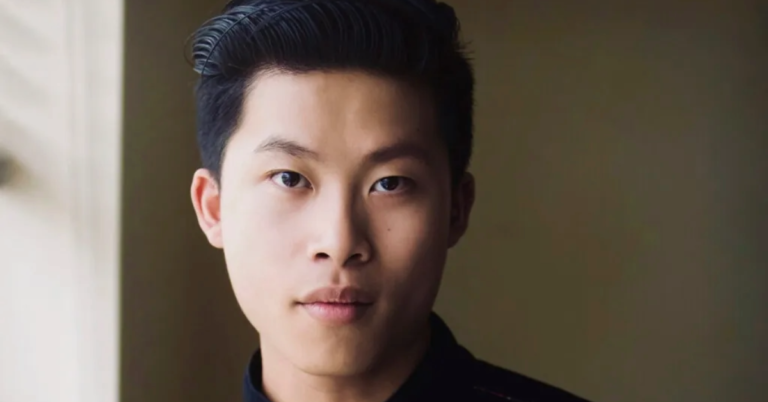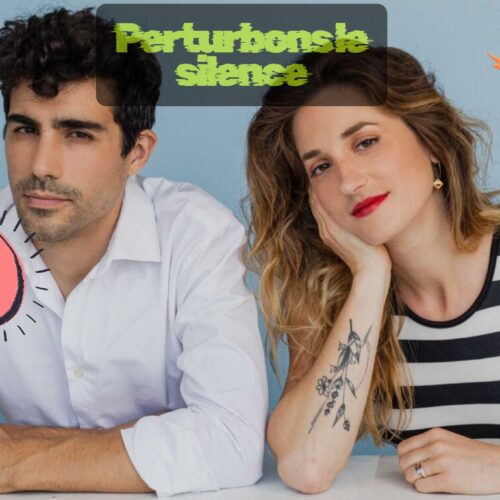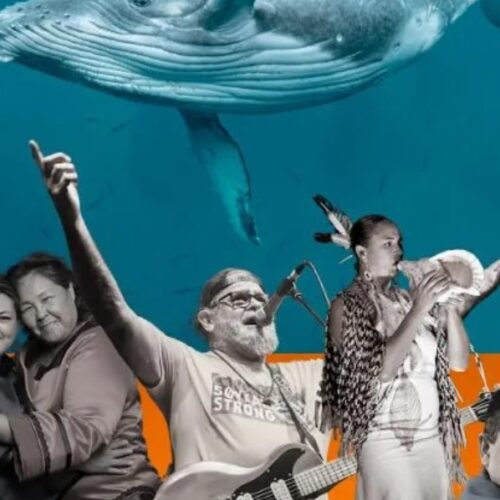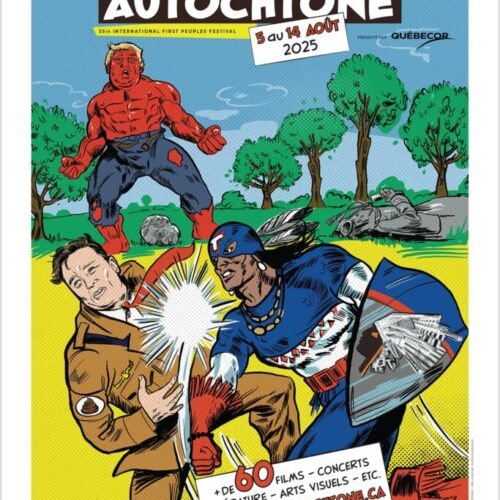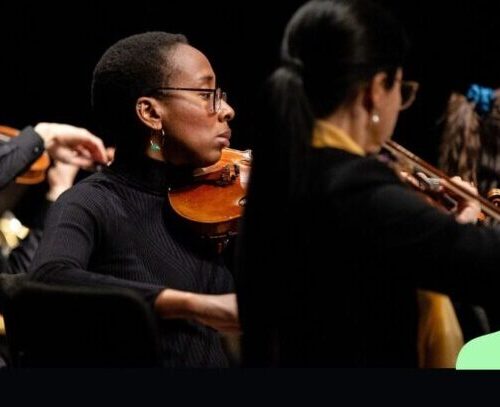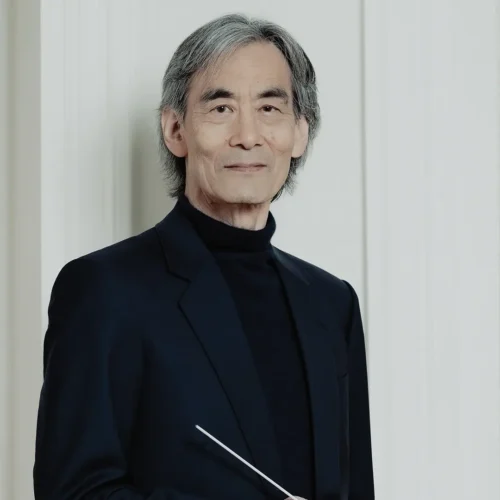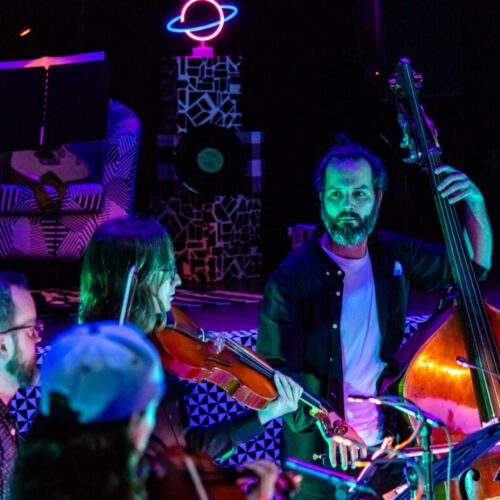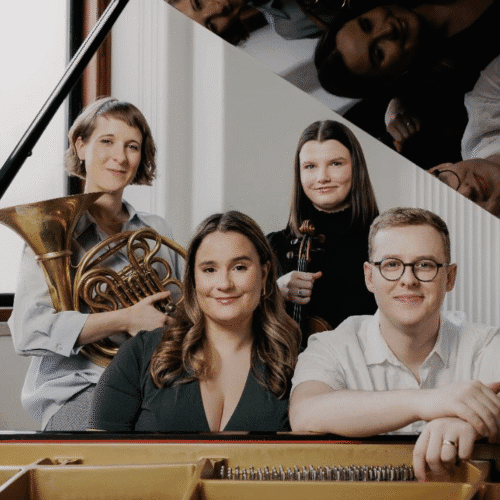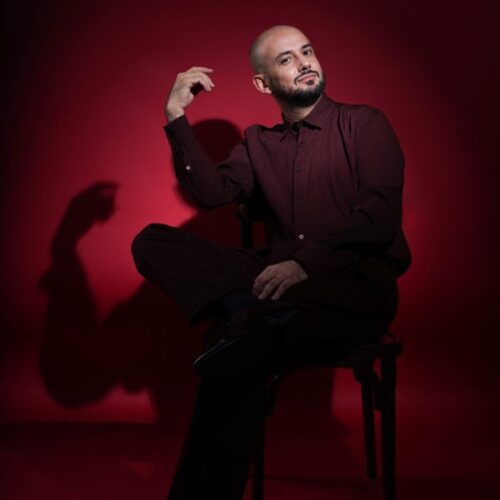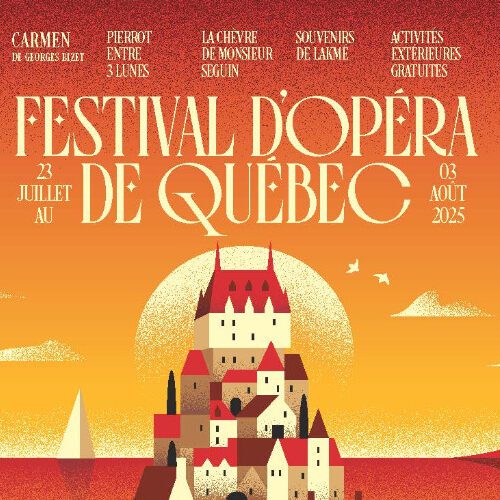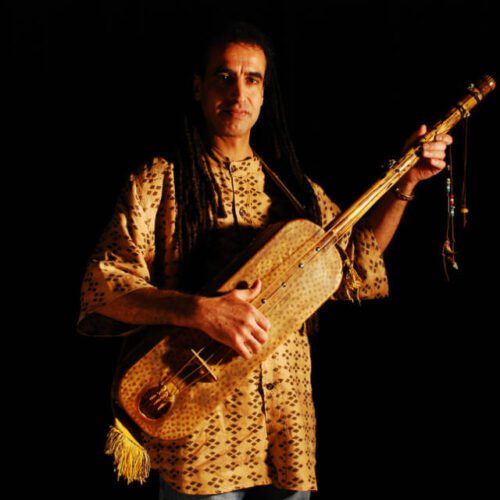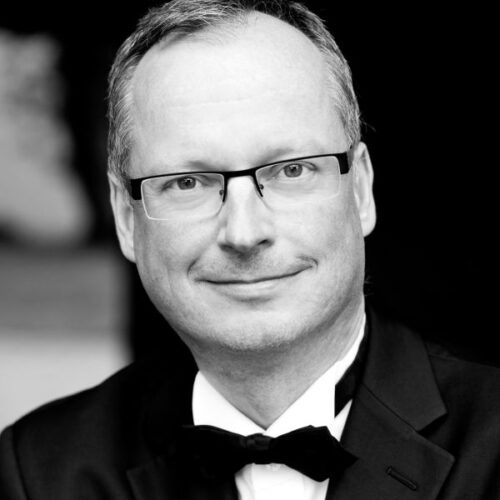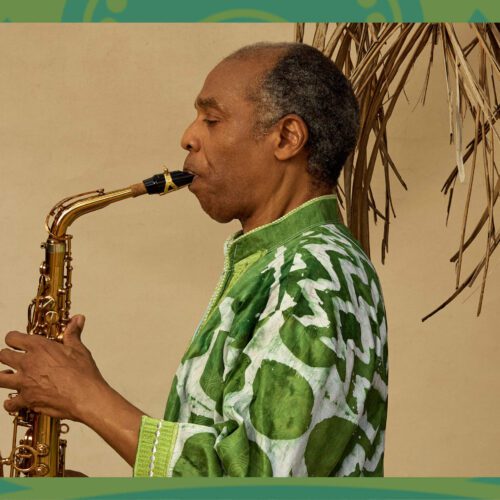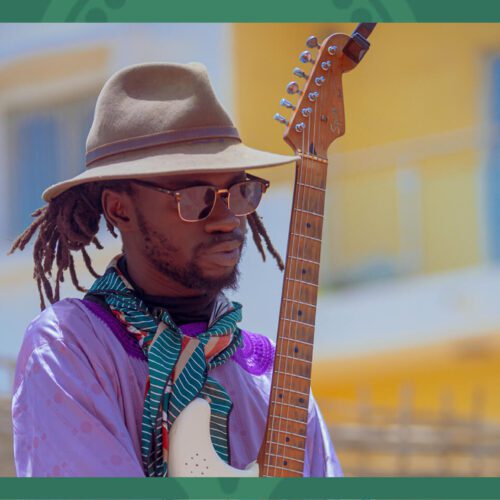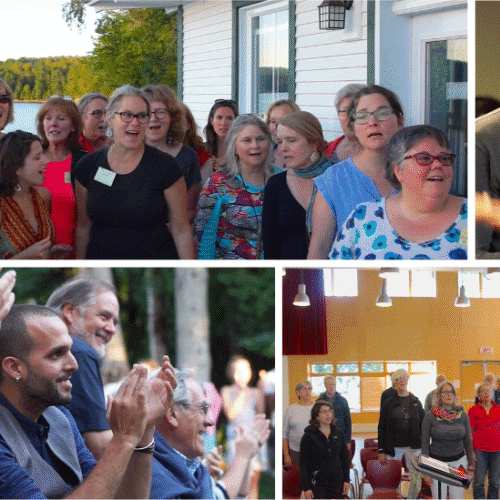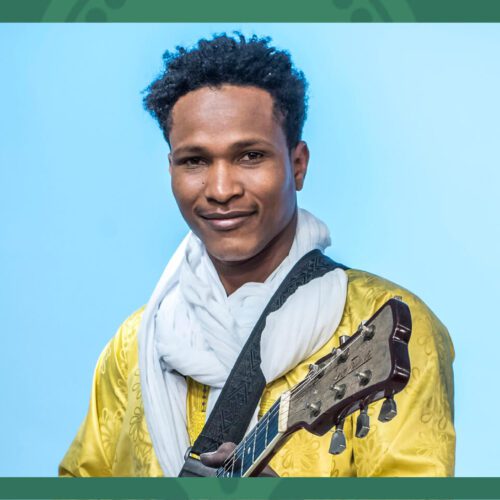Additional Information
Since winning first prize at the Yehudi Menuhin International Violin Competition in 2010, the aura of Canadian violinist Kerson Leong has never ceased to shine. Critically acclaimed as one of the country’s greatest violinists (Toronto Star), in numerous recordings including his most recent album released in 2023 featuring concertos by Britten and Bruch, his playing presents “a blend of spontaneity and mastery, elegance, fantasy, intensity that makes his sound recognizable from the first notes” (Le Monde). A sought-after soloist and passionate chamber musician, Kerson Leong will perform with Les Violons du Roy, conducted for the occasion by Nicolas Ellis, in a program featuring the repertoire of Mendelssohn and Bach, as well as a new work from Canadian composer Kelly-Marie Murphy. A dialogue between eras and styles, with the timelessness of music as a canvas. We spoke to him about it.
PAN M 360: The program you’ll be performing with Les Violons du Roy has timelessness as its underlying theme, with works by Felix Mendelssohn and Johann Sebastian Bach. What do you think makes this music timeless?
Kerson Leong: For me, the “secret” of timeless music is that it never fails to transport the listener and the musician to a different world. Perhaps a more idyllic world, far removed from our reality, and that it never fails to comfort, console or uplift us. This is exactly what the music of Mendelssohn and Bach brings.
PAN M 360: Can you tell us a little bit about the Mendelssohn works that surround the Bach pieces?
Kerson Leong: We have the contrast between his symphony for strings, composed when he was just a teenager, and his last string quartet (arranged for string orchestra), which is a very powerful and heartfelt requiem for his sister, who died at the time. So we can get an idea of the course of his life, literally.
PAN M 360: Canadian composer Kelly-Marie Murphy’s Found in Lostness, which you will be premiering, is a one-movement concerto exploring the theme of loss. How do you, as a performer, approach a new work that has never been heard, make it your own and convey the intentions and emotions inherent in the work?
Kerson Leong: I always started with the subject in mind and the types of colours, shades and textures I associated with it. This is the source of all the musical decisions I would make. The score of a piece is like a map that can point you in the right direction or at least give you clues, and in this case, it’s a real luxury to be able to exchange ideas with the composer herself.
PAN M 360: How would you describe Kelly-Marie Murphy’s music?
Kerson Leong: Evocative, visceral and vivid.
PAN M 360: What role does new music play in your artistic practice
Kerson Leong: I think it’s important to develop an open mind and be receptive to many different kinds of influences, not only to develop your own sound, but also your musical personality in general. This process of “finding your own way” through a new piece is a direct reflection of this.
PAN M 360: Bach’s violin repertoire is imposing and important in the history of music. You once described Bach’s partitas and sonatas as a “violinist’s bible.” In what way are this repertoire and the figure of Bach significant for violinists?
Kerson Leong: For me, Bach is the best test for letting the violin express itself with maximum acoustic freedom and purity, and for being able to capture a deep sense of reverence and weight in the music with “simpler” means. One learns not only the importance of passion, but also the importance of restraint, and to see oneself as part of something greater than oneself.
PAN M 360: The two Bach works you are about to perform were not originally composed for the violin, but for organ and voice respectively. Does this change the way you conceive phrasing and the direction of musical lines and intention? Are there any technical elements both for your instrument and the orchestra that are put in place to imitate the timbre of the original versions?
Kerson Leong: This question brings us to the importance of the voice as a source of inspiration for string players. Even if the bow gives us unlimited breath, the natural phrase and musical “gravity,” for me, are always governed by the rise and fall of the human voice and breath. The violin solo in “Erbarme dich” is one of the most famous and beloved of all violin solos, and the sung viola part with which it is dueted serves as a direct inspiration.
PAN M 360: This isn’t the first time you’ve collaborated with Nicolas Ellis. What kind of work do you do with him in rehearsals to bring together the different elements of your playing with that of the orchestra, and in this case, in the context of creating a contemporary work?
Kerson Leong: First of all, Nicolas is a good friend and we get on well together, which certainly facilitates the musical process. We can be open with each other in rehearsals, but at the same time, I always feel a natural complicity in the way we see the music.
PAN M 360: What are your next projects?
Kerson Leong: Next month, I’ll be recording Saint-Saëns Concerto No. 3 in Vienna with the Vienna Radio Symphony Orchestra as part of a collective project on Saint-Saëns. I’m also very much looking forward to the release of my next album, devoted to Gabriel Fauré’s works for violin and piano, produced with a friend, the French pianist Jonathan Fournel.
